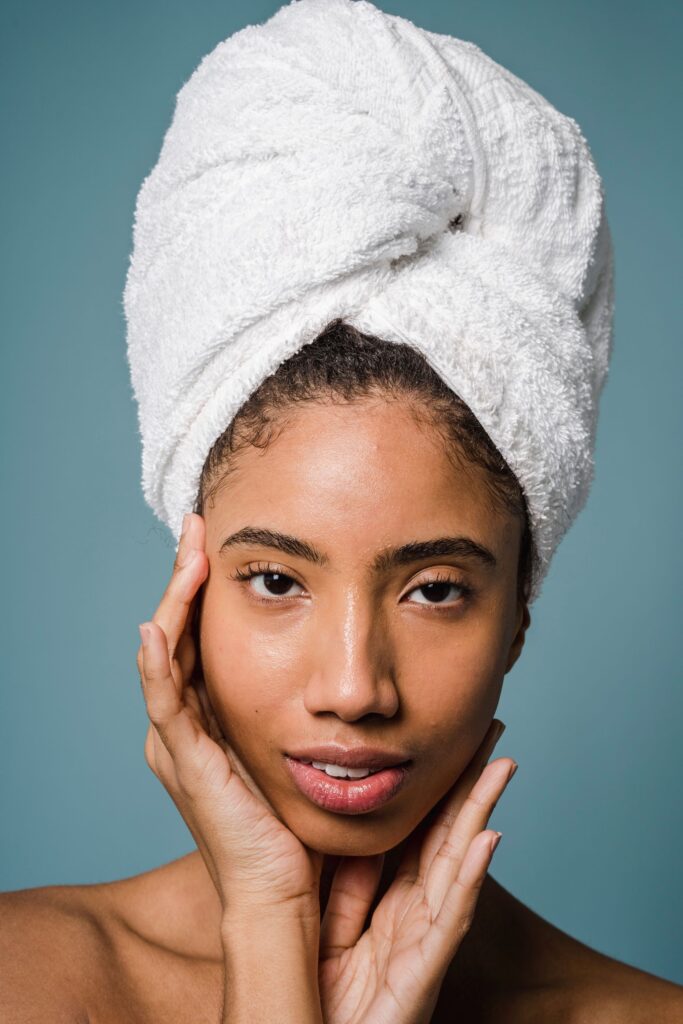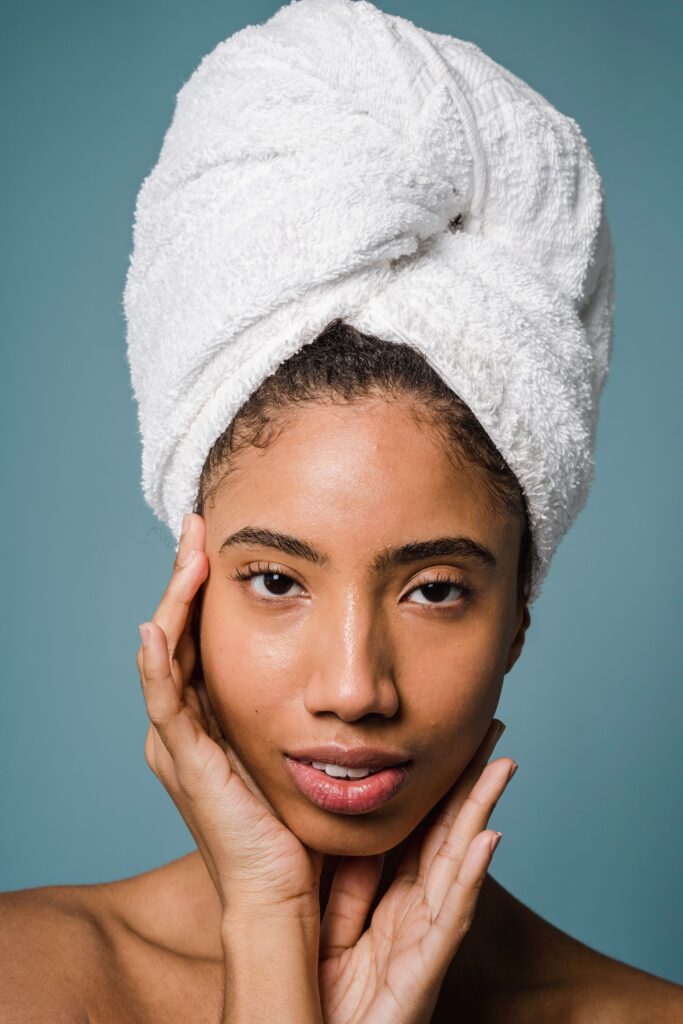Light therapy uses light wavelengths, usually 620–750 nm, right through the skin to bring in skin-related and mental wellness effects with little to no side effects. Typically, a session lasts seconds to minutes, usually done every other day, for weeks or months, depending on what your healthcare provider deems necessary.
While it seems impossible to believe that sitting under light does your body and brain any good, the list below proves that light therapy has potential science-backed benefits. You can think of this as a substitute for natural light, especially when such isn’t abundant where you’re from. A quick read on the mental benefits of natural light exposure will make you understand how even an artificial form, through phototherapy, carries the same or like effects.
With a therapeutic dose of bright light, , some treatments offer health and wellness benefits. These are the following:
It May Lessen the Pain
While pain is primarily a physical problem, it’s still worth putting on this list due to how the effects of chronic pain can also be wellness related. One’s quality of life significantly decreases when they have to deal with pain every so often. Their daily life gets disrupted, as well as their confidence, esteem, and mental aptitude. Instead of looking forward to a day out, some stay cooped up at home, all because the pain gets the best of them.
Fortunately, there are so many treatment forms of pain, many of which come from synthetic medicines. It’s easy to get hold of for that instant relief. It’s also important to remember that, while effective, OTC medicines have dire side effects when used too frequently.
Because of that, those who suffer from chronic pain are on the hunt for safer treatment forms, one of which is light therapy. With the correct dose and protocol, red light therapy has a strong potential to reduce inflammation and pain. This works through the interaction of light and a specific proton on the neuron’s surface. When this absorbs light, it reduces the cell’s ability to conduct or perceive pain.
It Improves Your Mood
Many individuals today lack exposure to natural light. Some live in countries where, in some months, the presence of daylight is significantly shorter than night. Then the struggle is the same for those who live in tropical countries. They could be in their workplace the whole day, and when it’s time to call it a day, finally, dusk has settled. There’s no more natural light to enjoy.
If those situations relate to you, you may notice changes in your mood in the long run. There’s just something about natural light that makes an individual happier, cheerier, and . That’s precisely why, during winter, many individuals suffer from seasonal anxiety and depression. Less sunlight may cause a drop in serotonin levels, dramatically affecting mood.
In those instances, natural light may be limited, but you can still enjoy the benefits of light exposure through phototherapy or light therapy as it replicates sunlight. Each light therapy session enables you to replenish your deficient hormone levels. The expected result is an improvement in one’s general outlook as well.

It May Help With Bipolar Disorder
Light therapy is also effective in reducing depressive symptoms and preventing relapse in patients with bipolar disorder, also known as manic-depressive illness. This brain disorder brings unusual shifts in activity, mood, energy levels, and the ability to complete daily tasks. If left untreated, bipolar disorder significantly affects significant facets of one’s life, like relationships and social activities.
If your purpose for undergoing light therapy is to help with bipolar disorder, however, discussing this with your physician is crucial to determine the proper dosing. This dosing is determined by quantifying factors like light intensity, distance from the light source, and duration of light exposure.
Light is shown to have a solid ability to affect neurotransmitters or chemical messengers involved in mood and behavior, like dopamine and serotonin. Light therapy may work as antidepressants do by acting directly on those neurotransmitters.
It May Lessen the Side Effects Of Cancer Treatments
Note that the point here is that light therapy may lessen the side effects of cancer treatments. This isn’t meant, in any way, to construe that light therapy is a cure for cancer. As of late, no cure for cancer has yet been found. While a medical issue, it’s essential to include this on this list, as you fully understand what cancer and its treatments do to the body.
Many treatments can successful ly kill cancer cells and increase mortality. But before that is achieved, the patient goes through many changes in their body. It’s not just their physical health that’s expected to weaken but their emotional and psychological well-being too. Undergoing cancer treatments is a long and arduous road for the patient, where support is needed to maintain their mental well-being.
This situation is where the power of light therapy comes in. Exposure to natural light between each therapy session is highly recommended to improve the patient’s outlook and mood and win against the depressive side effects of cancer treatment. When natural light is unavailable, don’t deprive the patient of its benefits, as there’s phototherapy to the rescue.
It’s Highly Likely To Improve Sleep
Lastly, there’s your sleep. As important as this may be, there’s no denying how not many individuals get enough sleep these days. There’s a busy and demanding daily schedule. Then if you let stress get the best of you, all those thoughts come creeping in at night, making it even more challenging to have a restful sleep. Next thing you know, a new day starts, and you’re feeling sluggish because you’ve either lacked or had poor-quality sleep.
There are numerous treatments for sleep-related problems, like pills, but like OTC medications, these have side effects in the long run too. Better alternatives are treatments like light therapy. Light therapy improves serotonin levels and brings melatonin back to a regular cycle. This enables you to fall asleep and stay asleep easily once it’s time to call it a day.
Talk With Your Healthcare Provider About Light Therapy
Before jumping right into it, note that phototherapy or light therapy requires the right equipment. Also, the staff using the machine have to be specially trained for it too. Especially because your purpose for undergoing light therapy relates to wellness, it’s a must to be certain you are in excellent and reputable hands. Otherwise, each session will be futile, and the expected wellness benefits will be out of reach. Talk to your healthcare provider about light therapy to book your session if you want to start.
